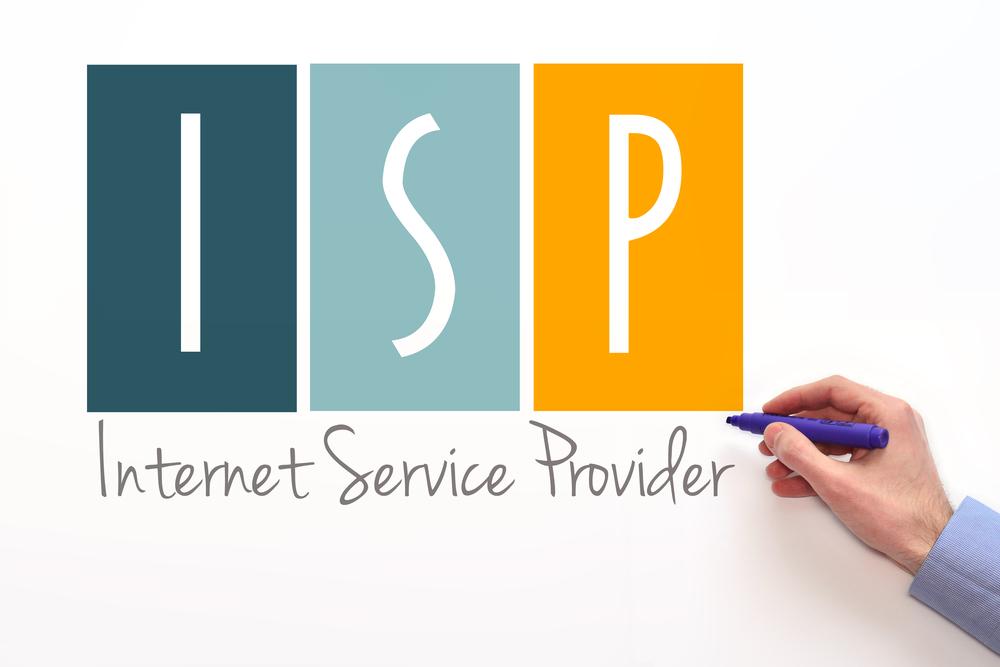Choosing the Right Business Internet Connection: Types and Options
Explore various business internet options like DSL, cable, satellite, fiber, and copper lines. Learn how each technology works, their benefits, and suitable use cases for growing businesses. Make informed decisions to ensure reliable, high-speed connectivity essential for today's digital enterprise needs.

Choosing the Right Business Internet Connection: Types and Options
Understanding business internet connection options
Small enterprises often require more reliable and higher-capacity internet services than typical residential setups. As organizations increasingly depend on online connectivity for daily operations, selecting the optimal broadband solution becomes crucial.
What options are available?
Broadly, broadband refers to high-speed internet services utilizing various transmission technologies. These main types differ based on how they deliver data:
Digital Subscriber Line (DSL)
Cable Internet
Satellite Internet
Fiber Optic Broadband
Dedicated Copper Line Broadband
Internet providers supply broadband through various media such as copper wires, coaxial cables, and fiber optics.
What is DSL?
Uses existing telephone lines to transmit digital signals.
Offers faster speeds than traditional dial-up.
Speed varies based on proximity to the provider's exchange.
Highly accessible, covering over 90% of the country.
Variants include Symmetric DSL, VDSL, and high-speed ADSL suited for business needs.
What about cable broadband?
Delivered via coaxial cables used in cable TV networks.
Has extensive coverage, reaching approximately 89% nationwide.
Offers much higher speeds than DSL.
Typically, upload speeds are slower than downloads, which may affect data-intensive business tasks.
How does satellite internet function?
Requires installation of a satellite dish on-premises connected to a modem.
Involves communication between your dish, space satellite, and the provider’s hub.
High latency due to satellite data routing may impact real-time activities.
Weather conditions and obstructions can interfere with the signal.
Suitable for remote locations lacking fiber or cable options.
Supports high bandwidth for multiple simultaneous users.
What is fiber broadband?
Provides ultra-fast internet via light signals transmitted through fiber-optic cables.
Offers superior speed and reliability compared to DSL or cable.
Installation requires significant infrastructure investments, limiting immediate coverage—around 25% of the population.
Speeds range from 10 Mbps up to 1,000 Mbps, ideal for demanding business applications.
Leased Copper Line Broadband—what is it?
Dedicated lines used solely for your business, offering stable and consistent speeds.
Installation takes longer due to dedicated setup but results in reliable performance.
Includes options like T1, T3 lines, and Ethernet over Copper (EoC).
Offers symmetrical upload and download speeds, advantageous for business operations.
Cost-effective alternative when fiber or cable options are unavailable.
Leverages existing copper infrastructure for business connectivity.
Business internet solutions must support higher demands for speed, bandwidth, security, and reliability. Unlike residential broadband, which can suffice with shared networks, businesses require dedicated and robust connections to handle multiple users and data-intensive tasks like cloud computing, video conferencing, and large file transfers.










